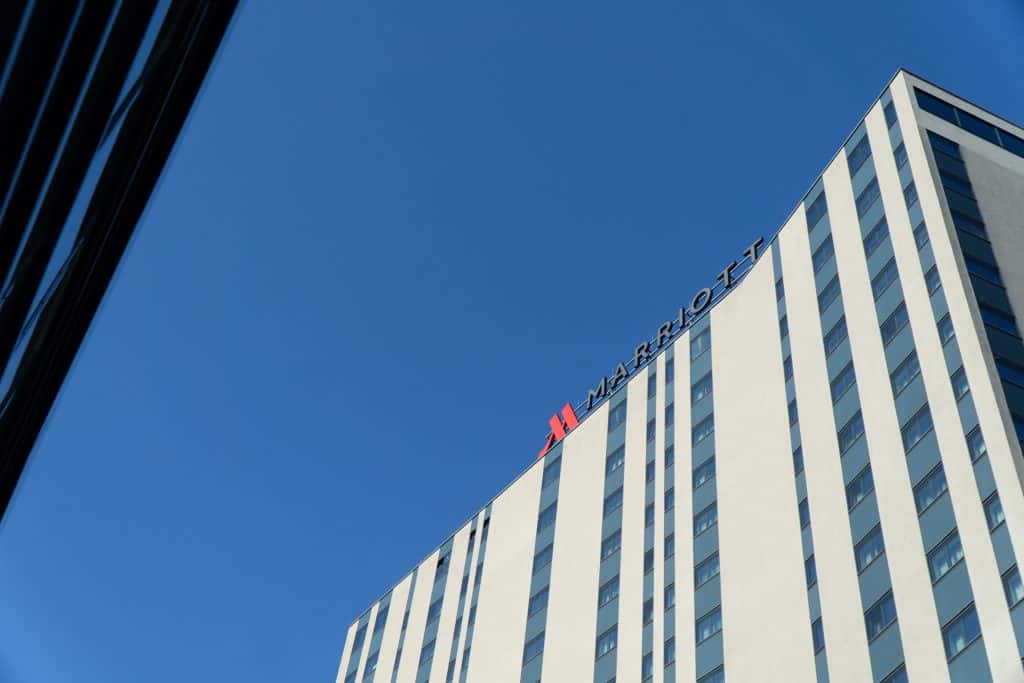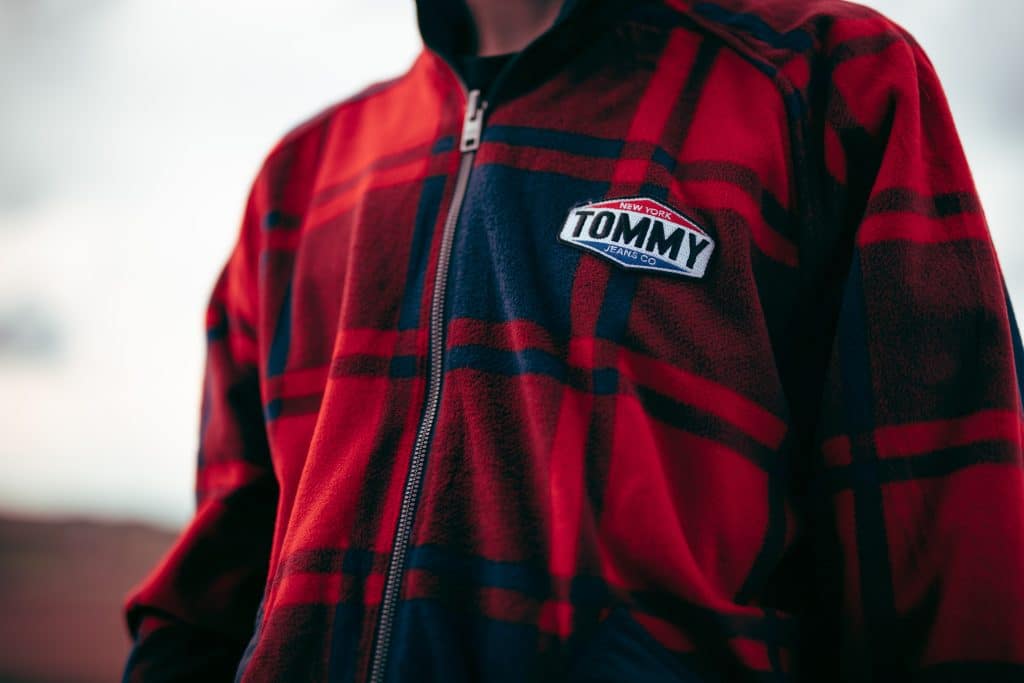4 Global Leaders Using XR in their Online Marketing
Marriot International
Marriott International is a global hotel company using digital twin technology for marketing purposes. The company created a digital twin of one of its hotel rooms that can be used for virtual tours and to showcase the hotel’s amenities to potential guests.
The digital twin was created using a combination of 360 cameras, picture stitching, and other digital tools. The resulting model is highly detailed and accurate, giving potential guests a realistic sense of the hotel room’s layout, decor, and amenities.
One of the key benefits of using a digital twin for marketing is that it allows potential guests to explore the hotel room in a way that would not be possible with traditional marketing materials like photos or videos. The company has used it in virtual reality (VR) experiences that allow potential guests to explore the hotel room using VR headsets.
Marriott International has also used the digital twin in its website and mobile app. The digital twin is embedded on the website, allowing potential guests to explore the hotel room in a web-based interface. This is especially useful for people considering booking a room but wanting to see what it looks like before planning.
The digital twin allows them to explore the room from different angles, walk through it, and even change the lighting and other settings to see how the room looks in different conditions.
The company has also embedded the digital twin in its website and mobile app, allowing potential guests to explore the hotel room using their devices.
Marriott International’s use of digital twin marketing has helped the company to stand out from its competitors in the hospitality industry by providing a unique and interactive way for people to experience their hotels before booking a room. This allows them to make more informed decisions about where they want to stay while providing a more immersive and realistic experience that can help drive bookings.

Tommy Hilfiger
For the last decade, the global fashion brand Tommy Hilfiger has been using virtual reality (VR) technology in its digital marketing efforts. One of their main uses of VR has been providing customers with virtual fashion shows and behind-the-scenes looks at their collections.
In 2016, Tommy Hilfiger launched a VR fashion show during New York Fashion Week. The show was live-streamed in VR and allowed viewers to experience it as if they were in the front row. Viewers could look around the runway and see the models up close, as well as get a sense of the show’s overall atmosphere.
In addition to the fashion show, Tommy Hilfiger also used virtual reality to provide customers with behind-the-scenes looks at their collections. They created a VR experience that gave viewers a tour of the Tommy Hilfiger headquarters and design studio, allowing them to see the process of creating a collection from start to finish.
Viewers could see the design team at work, get a glimpse of the inspiration behind the collection, and even see the clothing and accessories up close.
Furthermore, Tommy Hilfiger has reached a wider audience with their virtual content. The virtual fashion show was live-streamed, meaning that anyone with a VR headset or a smartphone with a VR viewer could watch it from anywhere in the world. This has helped Tommy Hilfiger to expand their reach and connect with customers in new markets. The brand uses VR in various ways, such as showrooms, pop-up stores, and digital look books.

Coca-Cola
Coca-Cola is one of the most well-known brands in the world to use virtual reality (VR) in marketing.
One of Coca-Cola’s most notable VR campaigns was “The Coca-Cola Polar Bear VR Experience”. The campaign used VR technology to transport users to an ice-skating rink, where they could interact with Coca-Cola’s iconic polar bear mascot.
The experience included a 360-degree video that allowed users to look around the virtual environment and feel like they were there. Users could also interact with the polar bear by throwing snowballs at him and watching him play with them. The campaign was hugely successful, with over 1 million people enjoying the virtual reality experience.
In 2020, Coca-Cola introduced a VR campaign in partnership with Universal Studios called “Coca-Cola Universal Studios VR Experience”. This campaign used VR to transport users to the famous theme park, allowing them to experience some of the popular attractions in a virtual environment, like Harry Potter and Minions.
The campaign also allowed users to purchase Coca-Cola products virtually and have them delivered to their homes.
This campaign was a big success; it reached over 4.5 million people.
Overall, Coca-Cola’s use of virtual reality in marketing has successfully created immersive and memorable brand experiences for consumers. The company’s VR campaigns have been well-received and reached millions.
Not only did Coca-Cola set market trends, but the campaigns have also helped to create an emotional connection between consumers and the Coca-Cola brand, likely leading to increased brand loyalty and sales.

Boeing
Boeing, the aerospace company, has used digital twin technology to create a 3D Scan of its 787 Dreamliner aeroplane.
One of the main goals of the digital twin was to allow potential customers to experience the 787 Dreamliner before making a purchase. This includes the ability to explore the interior and exterior of the aircraft, as well as the various systems and components that make it unique.
By using a digital twin, customers can experience the aircraft in a way that would not be possible with traditional marketing methods.
The digital twin also allows Boeing to make changes to the aircraft’s design, such as testing new configurations or components, without having to build physical prototypes. This can save a lot of time and money and reduce the design process’s environmental impact.
Additionally, the digital twin allows for easy collaboration between teams, allowing for faster and more efficient decision-making.




